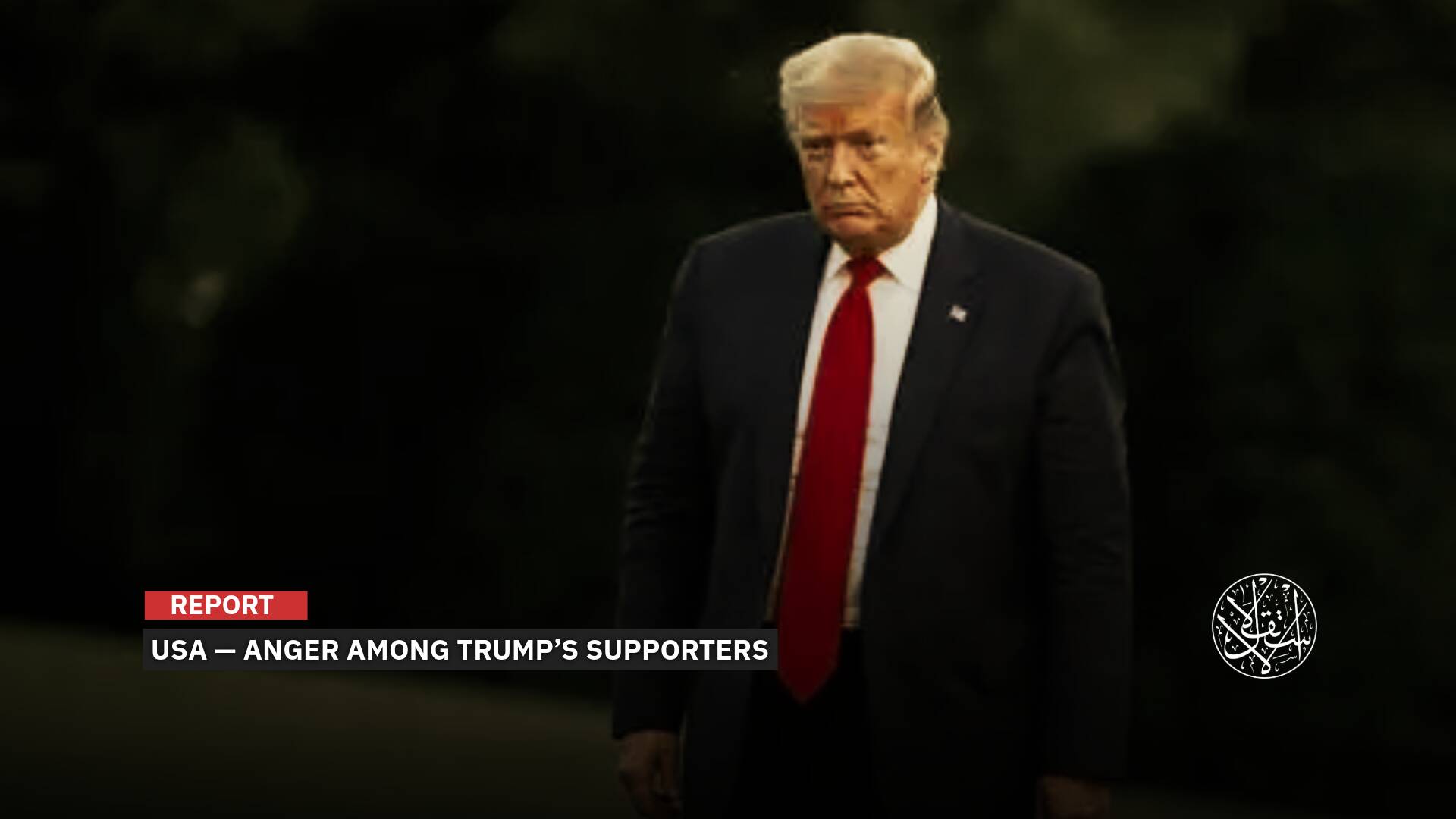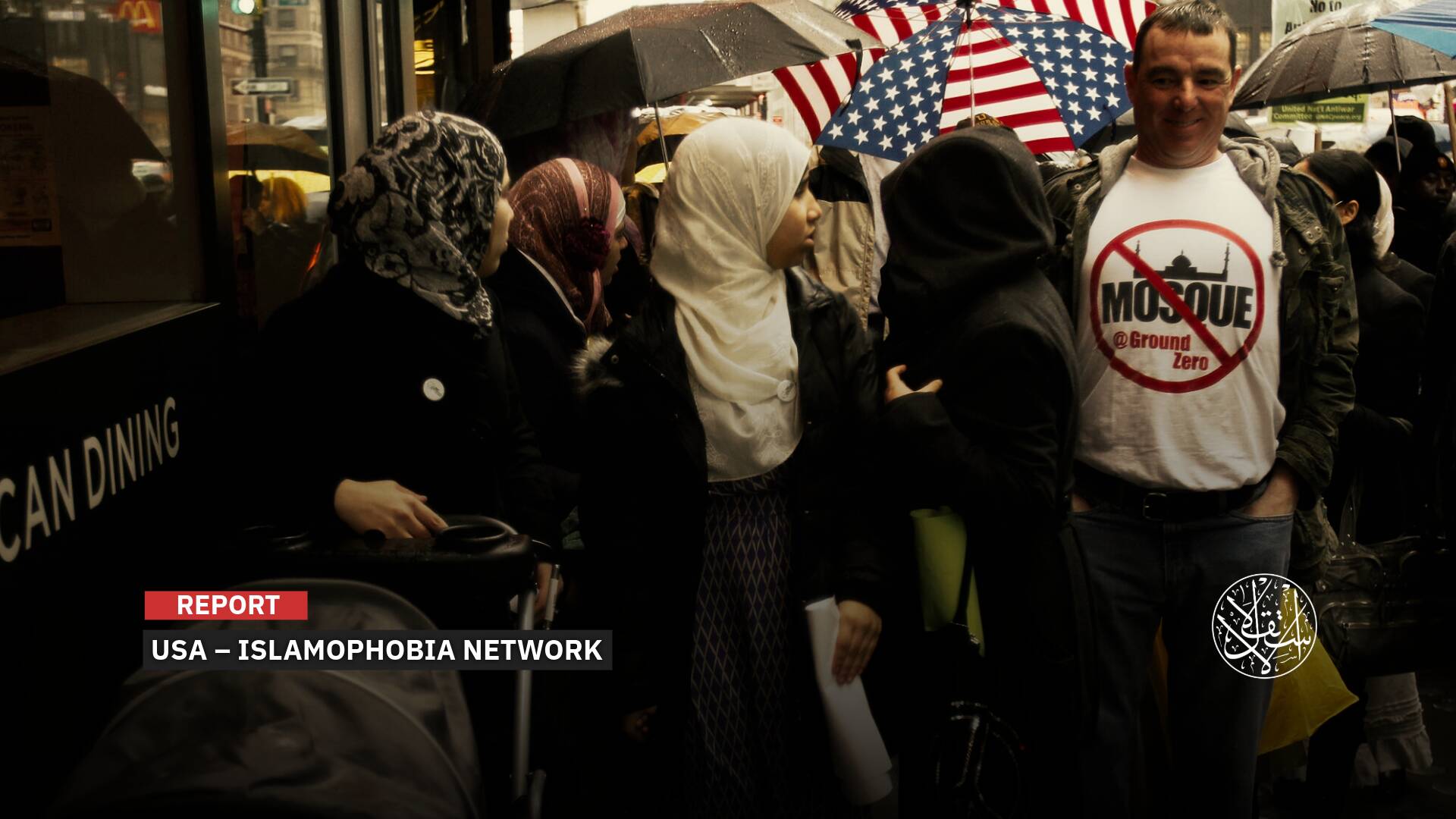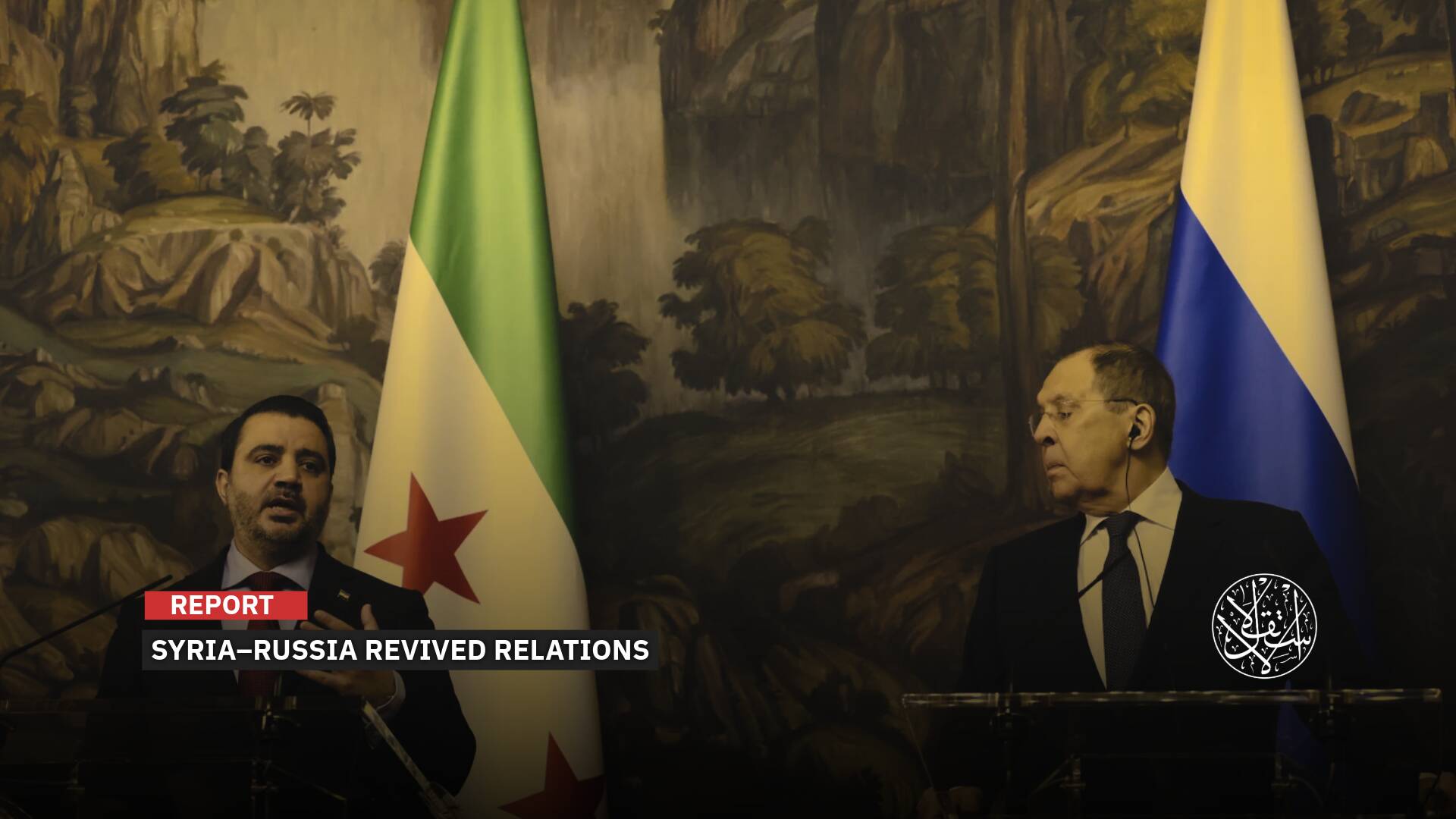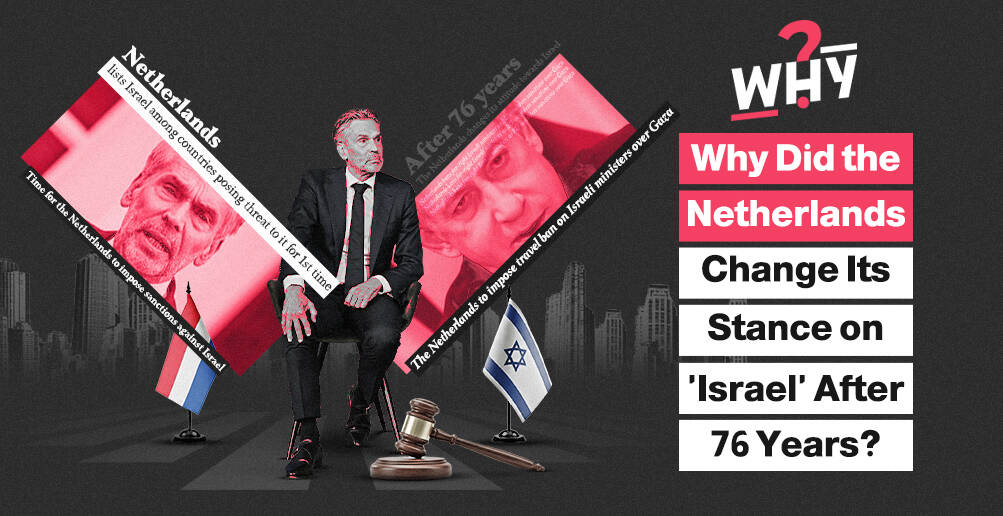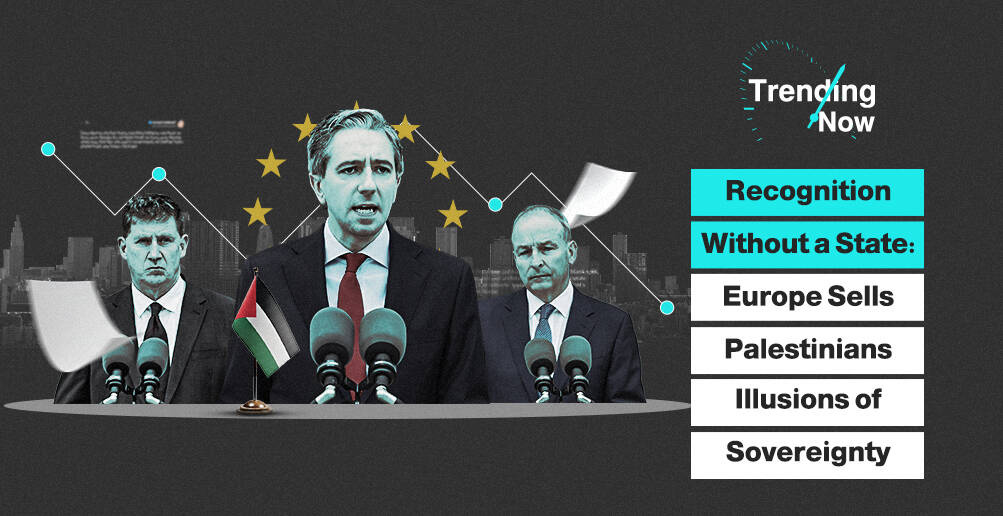Is Europe Ready for Involving in a Proxy War Against Russia?

On March 13, Michel Wyss, a lecturer on strategic studies at the Swiss Armed Forces’ Military Academy at ETH Zurich, questioned Europe's willingness to wage a proxy war against Russia, following the outbreak of the Russian-Ukrainian war, which is in its fifth week, where Putin is still determined to achieve his goals, and Ukraine is still resisting.
At the beginning of his article, published by the US blog Lawfare on national security issues, the author explains that the Russian attack on Ukraine took a few days until it was able to turn many European agreements, which were once sacred, upside down.
The European Union has not only imposed crippling sanctions on Moscow and banned Russian aircraft from flying in its airspace but has also decided to provide Ukraine with a military aid package of up to $503 million.
The neutral states of Sweden and Finland have joined European countries sending military assistance to Ukraine, such as anti-tank weapons, assault rifles and surface-to-air missiles.
In order to provide assistance to Ukraine, Germany has violated its long-standing policy of not allowing the transfer of lethal homemade weapons to any conflict zone.
EU and NATO members are "doing something" amid growing pressure and public anger over the Russian attack, which also carries huge risks and costs. In other words, Europe is in the midst of a proxy war with Russia, but it is clearly not ready for it.
New article for @lawfareblog on the prospects of proxy war between Europe and Russia. TLDR: It's already unfolding and there is a significant risk it might turn into a broader conflagration. https://t.co/OiFMJLDvew
— Michel Wyss (@wyss_m) March 13, 2022
Proxy War
The author notes that proxy wars are usually defined as "indirect participation in a conflict by external parties that wish to influence the strategic outcome of this conflict."
In proxy warfare, the external sponsor supports one of the parties to the proxy conflict through various means — such as providing training, weapons, and funds, as well as alternative manpower (as does Iran, which mobilizes militias from Afghanistan and Pakistan to fight on Assad's behalf in Syria).
Other examples of proxy support may include more forms of direct assistance, such as intelligence sharing, planning of hostilities or the ability to call air strikes and artillery shells indirectly.
Regarding Ukraine, the US is: 1) pouring weapons into Ukraine to fight Russia; 2) imposing sanctions to collapse Russia's economy, and 3) using surveillance tech, drones and intel advisers to direct Ukraine's army.
— Glenn Greenwald (@ggreenwald) March 18, 2022
Agree or not with those things, it's not far from a "proxy war." https://t.co/MTIzDMJ5ID
This model was successfully applied in the fight against ISIS in Syria, where the Local Syrian Democratic Forces (SDF) endured the brunt of ground fighting while the United States provided limited air and artillery support, including special forces to serve as military advisers, while the United States refrained from deploying conventional forces on a large scale, which is already the main feature of the proxy war.
In the case of Ukraine, Western assistance focused mainly on the transfer of Anti-Tank Guided Missiles (ATGMS) and Man-portable air-defense system (MANPADS) to Ukraine, both of which have proved important in Ukrainian defense efforts.
While US military assistance to Ukraine has included the provision of Stinger mobile air defense systems and modern Javelin anti-tank weapons since at least 2018, Europe has stepped up a significant escalation in the transfer of its weapons since the conflict broke out.
Moreover, several thousand portable air defense systems and anti-tank guided missiles, Western support includes a large quantity of small arms (e.g. pistols, assault rifles, machine guns), ammunition, fuel, body armor, helmets, night vision devices and even a few armored vehicles and howitzers.
At the same time, the United Kingdom has agreed to provide Ukraine with Starstreak air defense systems with a longer range of Stinger missiles, which are said to be more difficult to jam.
Ukraine is going to end up like Afghanistan...US and Europe doling out weapons to fuel a proxy war against Russia...only beneficiaries are going to be the arms industry.
— Benoy Joseph (@benoy_joseph) March 17, 2022
Slippery Slope
Wyss says that despite these perceived benefits, proxy wars also carry several considerable risks.
“For one, rather than providing a safeguard against conflict escalation, external support can quickly turn into a slippery slope leading to broader involvement—the US experience in Vietnam being a case in point,” he said.
Wyss sees that proxy interventions often prolong the duration of fighting, raise the overall lethality rate, and increase the risk of conflicts recurring in the future.
“If the Ukrainians receive the means necessary, Ukrainian forces might eventually be tempted to attack targets deep in Russian or Belarusian territory—which would inevitably invite an even harsher Russian reaction,” he says.
Finally, while plausible deniability can be used as a "convenient fiction" to avoid open confrontation, a conflict party may just as easily use evidence of external support as a justification to escalate, especially if such "secret" aid is widely publicized in major news outlets around the world, as is currently the case.
This may lead, at some point according to Wyss, to Russia’s decision to aggravate current tensions in areas like Montenegro, raising the prospect of "mutual interventions" in eastern and southeastern Europe.
In other words, the US provides lethal aid that allows pro-Western forces in Ukraine to make rapid gains, meaning that Russia would have every incentive to respond, ratcheting up the stakes and costs of the conflict.
The question is: How far would the United States be willing to go to counter Russia’s increased commitment? In a cycle of escalation and counter-escalation, it is difficult to conceive of a situation where the United States would be willing to risk more than Russia over Ukraine.
Yet it is far from clear how long Russia will tolerate arms deliveries, intelligence support and perhaps even cyber interference, particularly if it continues to face fierce resistance on the battlefield.
As The Guardian reports, “Increasingly, European diplomats believe Putin sees the West’s supply of weaponry and other support to Ukraine as direct intervention of a kind that requires retaliation.”
“If Russia decides to attack weapons shipments before they reach the Ukrainian border, as some NATO policymakers have privately worried may happen, it will plunge Europe into its biggest security crisis since the end of the Cold War,” Wyss concludes.





